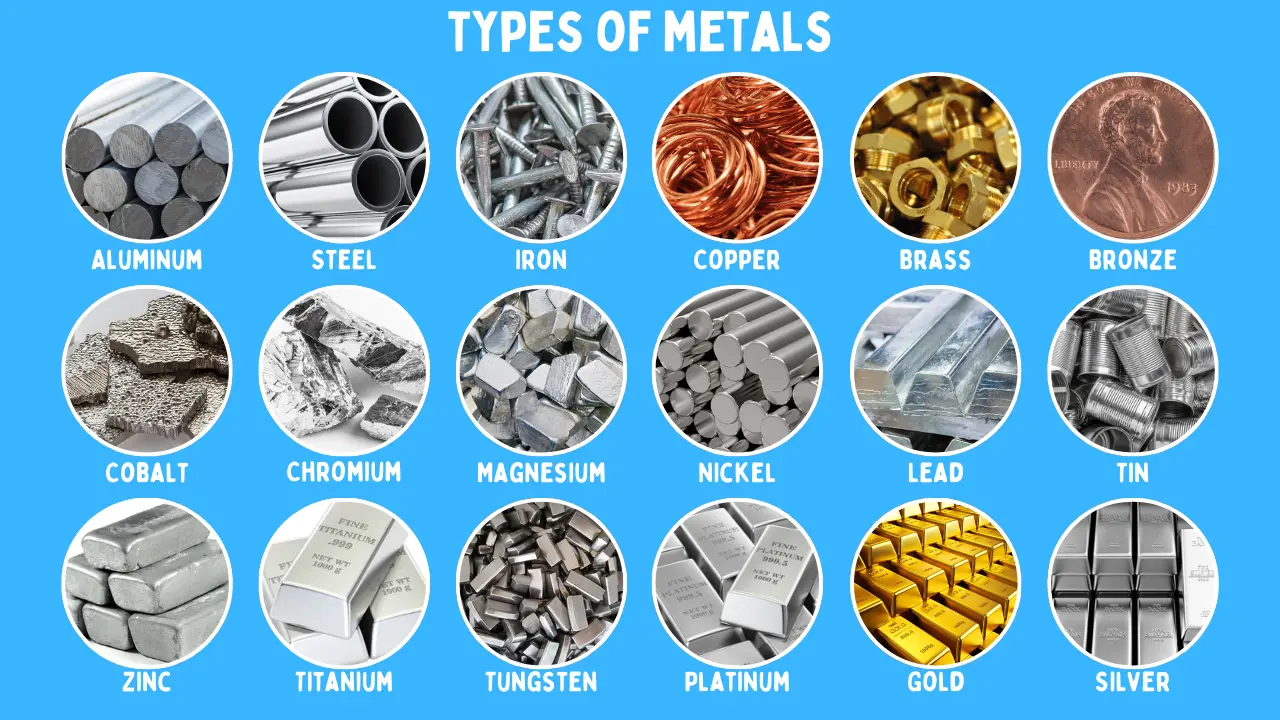Rare earth elements (REEs) are a group of 17 chemically similar metals that are crucial to many high-tech applications and green technologies. Despite their name, these elements are not particularly rare in terms of abundance in the Earth’s crust; rather, their extraction and processing are complex and often environmentally challenging. This article explores the properties of rare earth elements, their sources, applications, economic significance, and the challenges associated with their extraction and use.
What Are Rare Earth Elements?
The term “rare earth elements” typically refers to the 15 lanthanides, plus scandium and yttrium. The lanthanides include:
- Lanthanum (La)
- Cerium (Ce)
- Praseodymium (Pr)
- Neodymium (Nd)
- Promethium (Pm)
- Samarium (Sm)
- Europium (Eu)
- Gadolinium (Gd)
- Terbium (Tb)
- Dysprosium (Dy)
- Holmium (Ho)
- Erbium (Er)
- Thulium (Tm)
- Ytterbium (Yb)
- Lutetium (Lu)
Scandium and yttrium, while not lanthanides, are often grouped with them due to their similar chemical properties and occurrence in rare earth deposits.
Sources of Rare Earth Elements
Rare earth elements are primarily found in two types of sources:
- Bastnäsite: A primary source of REEs, bastnäsite is a fluoride carbonate mineral found in large quantities in China and the United States.
- Monazite: This phosphate mineral is another significant source of rare earth elements, typically found in beach sands and alluvial deposits.
China is by far the largest producer of REEs, accounting for more than 60% of global production, while Australia, the United States, and Russia also have notable reserves.
Applications of Rare Earth Elements
Rare earth elements have a wide range of applications across various industries:
- Electronics: REEs are essential for manufacturing components such as hard drives, smartphones, and LED screens. Neodymium, for example, is used in powerful magnets for electric motors and speakers.
- Green Technologies: Rare earth elements are critical for renewable energy technologies. For instance, they are used in wind turbine generators and in the production of batteries for electric vehicles.
- Defense: REEs play a vital role in the defense sector, being used in precision-guided missiles, jet engines, and advanced radar systems.
- Medical Applications: Some REEs are utilized in medical imaging, cancer treatment, and diagnostic equipment.
- Catalysts: Rare earth elements are used in catalysts for refining petroleum and in catalytic converters in vehicles to reduce emissions.
Economic Significance
The economic impact of rare earth elements is substantial, driven by their increasing demand in high-tech industries. The market for REEs is projected to grow significantly, spurred by advancements in electronics, renewable energy, and defense applications. Countries are increasingly recognizing the strategic importance of securing a stable supply of REEs, leading to initiatives aimed at diversifying sources and developing domestic production capabilities.
Environmental and Ethical Challenges
While rare earth elements are essential for modern technology, their extraction and processing raise several environmental and ethical concerns:
- Environmental Impact: Mining and refining REEs can lead to soil and water contamination, habitat destruction, and air pollution. The extraction processes often involve the use of toxic chemicals, raising concerns about environmental health.
- Supply Chain Risks: The concentration of REE production in China poses significant risks to global supply chains. Geopolitical tensions can impact availability and prices.
- Labor Practices: In some producing countries, particularly in artisanal mining, labor practices may be unsafe and exploitative. Ensuring fair labor practices in the supply chain is a growing concern.
Innovations and Sustainable Practices
To address the challenges associated with rare earth elements, several initiatives are underway:
- Recycling: Advances in recycling technologies are making it possible to recover REEs from electronic waste, reducing the need for new extraction and minimizing environmental impacts.
- Alternative Materials: Research is ongoing to find alternatives to rare earth elements in various applications, which could reduce dependency on these critical materials.
- Sustainable Mining Practices: Companies are increasingly focusing on sustainable mining techniques that minimize environmental impact and promote responsible resource management.
- Diversification of Supply: Countries are investing in developing domestic sources of rare earth elements to reduce reliance on imports and enhance supply chain resilience.
Conclusion
Rare earth elements are integral to the technologies that define our modern world, from smartphones to electric vehicles. Their strategic importance continues to grow, necessitating a focus on responsible sourcing, sustainable practices, and recycling. While the challenges associated with their extraction are significant, innovations and a commitment to ethical practices can help ensure that rare earth elements contribute to a sustainable future. As the demand for high-tech applications increases, balancing economic growth with environmental stewardship will be essential in managing these critical resources.



